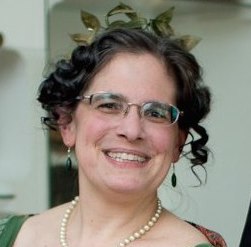On January 21, 1926, a column unfavorably comparing modern dancing to that of earlier eras was published in the Lewiston Evening Journal, published in Lewiston, Maine. “On ‘Old-Fashioned Dances’ ” appeared under the column title “Just Talks On Common Themes” and the byline of A. G. S. The initials are those of Arthur Gray Staples (1861-1940), a Maine writer who was the editor-in-chief of the Lewiston Evening Journal (later just the Lewiston Journal) from 1919-1940. “Just Talks On Common Themes” was his daily column. Staples described these columns many years later in an inscription of one of his books to the Maine State Library:
The only claim for these things is their spontaneity. They write themselves — “after hours,” chiefly. In their day and generation many good folk seemed to like some of them and many did not.
A collection of the columns was published in 1919 or 1920 and may now be found online at archive.org. Later collections were issued in 1921 and 1924, but a 1926 column was obviously not included in any of them. Fortunately, it is now online in its original newspaper publication.

